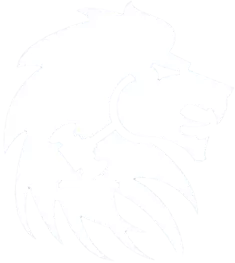There are majorly five classifications of Cheiloscopy for lip prints. These are:
- Clauco Martin Santos Classification
- Suzuki and Tsuchihashi lip print Classification
- Renaud lip Classification
- Afchar-Bayat Classification
- Kasprzak Classification
1. Clauco Martin Santos Classification
In 1960, Dr. Martins Santos proposed that lip characteristics could be used in personal identification and proposed a system for classifying lip prints. It is one of the simplest forms of classifying lip prints.
It has four major groups for simple pattern types and three groups for composite pattern types.
A. Santos Simple Classification Group for Lip prints
| S.No. | Simple Types |
|---|---|
| 1. | Straight line |
| 2. | Curved lines |
| 3. | Angled lines |
| 4. | Sine shaped lines |
B. Santos Composite Classification for Lip Prints
| S.No. | Composite Types |
|---|---|
| 1. | Bifurcated |
| 2. | Trifurcated |
| 3. | Irregular |
2. Suzuki and Tsuchihashi Classification of Lip Prints
Two Japanese scientists, Yasuo Tsuchihashi and Kazuo Suzuki studied the patterns of grooves on human lips. They called these lip grooves “sulci laborium rubrorum”. They also conducted a study on twins and concluded that no two lips could be the same.
| Types | Description |
|---|---|
| Type I | Clear cut vertical grooves that run across the entire lips |
| Type I’ | Similar to type I but that does not run across the entire lip |
| Type II | Branched groove (branched y pattern) |
| Type III | Intersected grooves |
| Type IV | Reticular grooves |
| Type V | Undetermined |
3. Renaud Lip Print Classification
After studying 4000 lip prints, French scientist Renaud classified lip prints based on following types.
| Type | Description |
|---|---|
| Type a | complete vertical |
| Type b | incomplete vertical |
| Type c | complete bifurcated |
| Type d | incomplete bifurcated |
| Type e | complete intersecting |
| Type f | incomplete intersecting |
| Type g | reticular |
| Type h | in the form of sword |
| Type j | horizontal |
| Type i | other types |
4. Afchar-Bayat Lip Print Classification
Afchar-Bayat, in 1979, classify lip prints based on groove patterns. And the following table state the Afchar-Bayat Lip print classification.
| Types | Description |
|---|---|
| A1 | Vertical and straight grooves, covering the whole lip |
| A2 | Like the former, but not covering the whole lip |
| B1 | Straight branched grooves |
| B2 | Angulated branched grooves |
| C | Converging grooves |
| D | Reticular pattern grooves |
| E | Other grooves |
5. Kasprzak Classification of Individual Characteristics Lip Pattern Prints
Check all the individual Classification characteristics by Kasprzak for Lip Prints from here.
